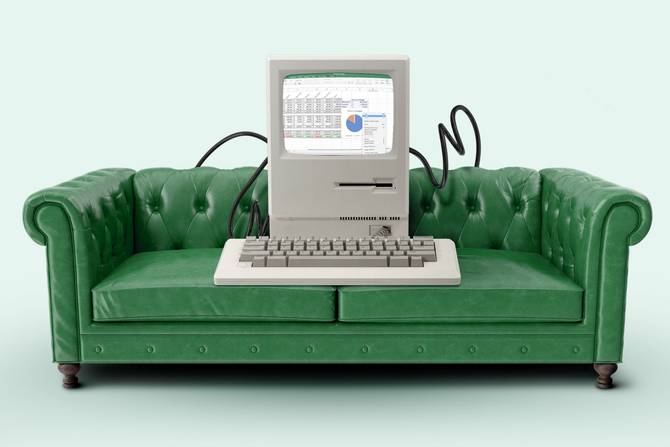This is part two of our three-part profile on Ali Rayl, SVP of product at Slack. Read part one here.
Slack played a huge role in the transition to remote work during the Covid-19 pandemic. As the leader of the company’s customer experience team, Ali Rayl was on the front lines guiding Slack’s tens of thousands of enterprise clients through a revolution in working models.
“I talked to several customers who were like, ‘We only use this for DMs, but now we have to start using this for real, can you help us out?’” she said.
“One thing to think about with Slack is that it’s where the attention of the organization is aggregated. So, everybody is there, and everybody’s looking,” Rayl said. For HR professionals, she added, this can be a real aha moment. A lot of what HR needs to communicate is not that interesting to most employees—“People aren’t like, ‘I am hungry for this information,’” said Rayl—but with Slack, HR pros have the attention of all the employees in one place, she said. And this was never more true than during the pandemic.
In-person events such as training, onboarding, or team meetings, all started happening on or with the help of Slack. The number of new customers more than tripled on a quarterly basis.
Now the SVP of product, Rayl is aiming to lead the company through a new era of hybrid work and remote collaboration. She sees a big opportunity for automating processes that all employees or all managers perform manually, often arduously, such as approving timesheets, escalating customer service requests, or completing compliance training.
Any business leader with an institutional memory of their company’s older payroll or HR information systems (HRIS) can relate; Rayl describes those as “thick applications,” which have far more functionality than any individual employee needs.
Keep reading.—AK






